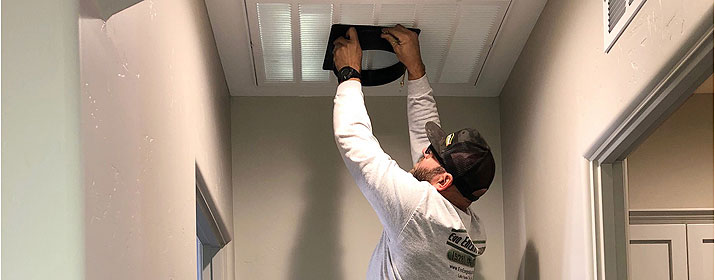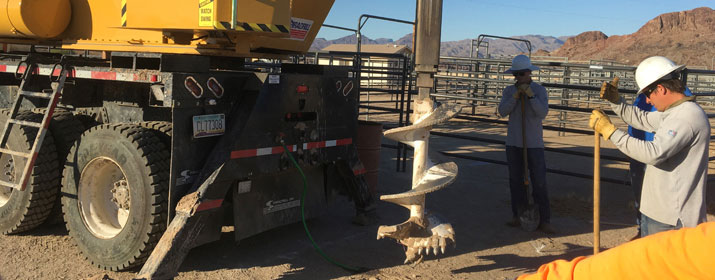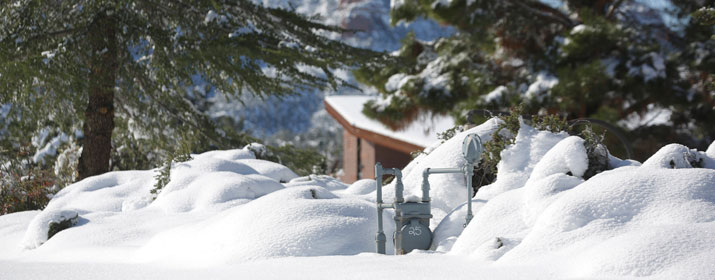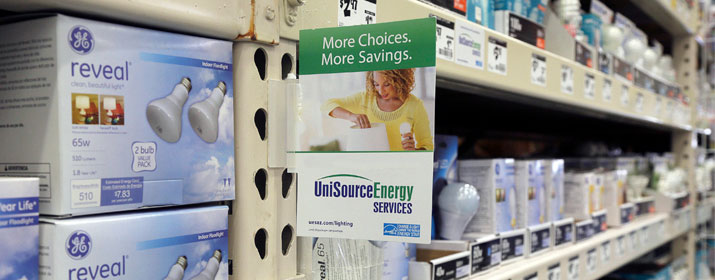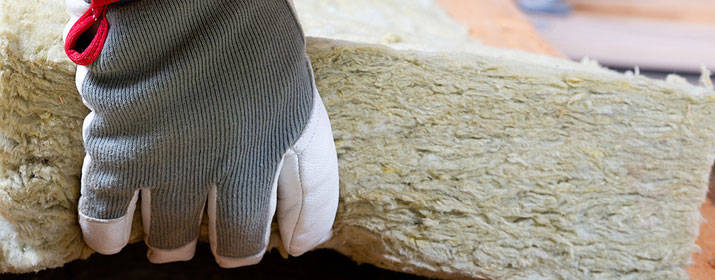
Out of sight, out of mind: Most people don’t give their home’s insulation a second thought. But up to 90 percent of homes in the U.S. are under-insulated, resulting in wasted energy and higher utility bills.
This month, ENERGY STAR® kicks off its Rule Your Attic campaign, a national effort to raise awareness of the benefits of home insulation. The campaign urges homeowners to assess their insulation and fortify it if necessary to increase comfort and energy efficiency.
Considering that cooling and heating account for up to 70 of a typical home’s energy use, the cost of energy lost to poor insulation can add up. Insulation is the first line of defense to keep conditioned air in and outside air out.
“Insulation is inseparable from whole-house efficiency. I’d argue it’s one of the most important components along with sealing air leaks in your home,” said UniSource Energy Services’ John Phillip, an Energy Efficiency Analyst who worked as a home energy auditor for many years.
Do you have enough?
If your home was built before 1980, its insulation is probably inadequate by today’s standards. Telltale signs that your home may need additional insulation may include excessive outdoor noise, uneven temperatures between rooms and higher than normal energy bills.
“The best way to determine if you need more insulation is to visually inspect the insulation in your attic to ensure you have sufficient depths of insulation for your particular climate,” advised Daran Wastchak, President of Learning Edge, LLC., a Phoenix-based firm that specializes in residential energy efficiency training and building science.
You’ll want to note the type of insulation, its thermal rating (R-value) and thickness. If you can see the top of the ceiling joists, you should add more insulation.
Another option is to have a home energy audit. “I’m a huge proponent of having a professional inspect your home because they can do thermal imaging and a blower door test to help pinpoint the causes of energy loss. There may be other things that are contributing to inefficiencies besides poor insulation,” Phillip noted.
Types of Insulation
The most common type of insulation is fiberglass, which has been used for more than three decades. But consumers now have many more choices, including some that use recycled materials for greater sustainability. Insulation can come in the form of batts and rolls, rigid board, loose fill or spray foam.
Types of insulation include cellulose (ground up recycled paper), plastic-based materials such polystyrene or polyurethane and natural materials and fibers like mineral or rock wool, sheep’s wool and even recycled denim cotton jeans.
“Alternative products like recycled denim jeans sound great because of their environmental benefit. However, because these products are much less common, you’ll pay a premium over other products if you have your heart set on using them,” Wastchak noted.
Visit the ENERGY STAR website for a list of insulation that has been certified for its performance and safety.
If you need more insulation, you can add more of the same type as your existing insulation. Loose material such as cellulose, fiberglass or mineral wool can be applied on top of existing insulation batts and vice versa, but sprayed foams should not be applied on top of batts or loose materials.
“Blowing loose insulation or laying more batt insulation on top of existing batts is typically the best approach,” Phillip advised. “Spray foam has excellent thermal performance, but you can’t put that over existing batt insulation or loose fill. It’s really designed to be used as the base insulation in a roof remodeling project or in new construction.”
Pick the Right R-value
When buying insulation, it is important to select the appropriate R-value – or thermal resistance – for your climate zone. The R-value indicates the material’s insulating ability. The higher the R-value, the better the thermal performance.
In Arizona, where the temperatures vary widely by region, there are four different climate zones that each have a recommended R-value range. In Southern Arizona, an R-value of 30-60 is recommended. In the northeastern part of our state where it’s colder in winter, a higher R-value is needed. “A good rule of thumb is a minimum of R-38 in colder and moderate climates, and an R-30 minimum in hotter climates,” Wastchak said.
Having just the right amount and the right kind of insulation in addition to a good building envelope can help you save energy and money and increase your family’s comfort year-round. Phillip compared it to layering up for cold winters.
“If you put on only a wool sweater, you’ll be cold because the wind goes right through that wool. If you put just a windbreaker on, you’ll block the wind but will still be cold because you’re not insulated,” he said. “But if you put on a wool sweater and a windbreaker, you’ll be comfortable and warm. The same is true for your home’s air sealing and insulation working together.”

